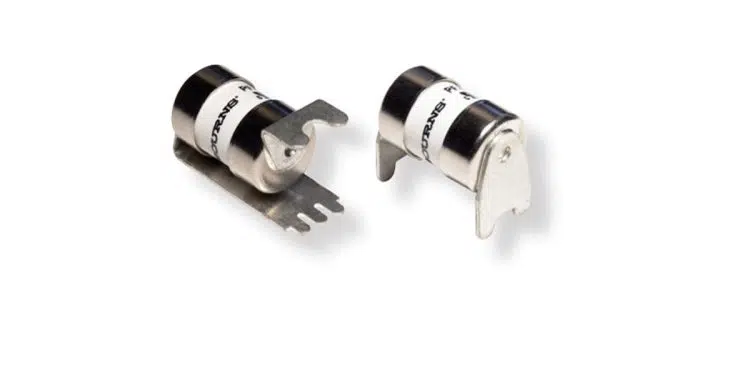Bourns POWrFuse High-Power Fuse Product Line is pleased to announce the Model PF-N Series POWrFuse™ High-Power Telecom Power Fuses, which are high power rating, industrial fuse links designed to the UL 248 standard.
The new Model PF-N Telecom Power Fuse is specially designed to meet the UL 248-1 standard and provide current-limiting and short circuit protection in the DC power distribution circuits of telecommunication systems.
Bourns® POWrFuse™ High-Power Fuses are RoHS compliant and halogen free.
Features
- UL recognized with a 100 kA interrupting rating
- UL 248-1 compliant
- 40-80 A rated current available
- Operating temperature range: -55 to +125 °C
- PCB mounting configuration
- RoHS compliant and halogen free
Applications
- Short-circuit current protection
- DC power distribution systems
- Telecommunication equipment
Source:
Bourns
































